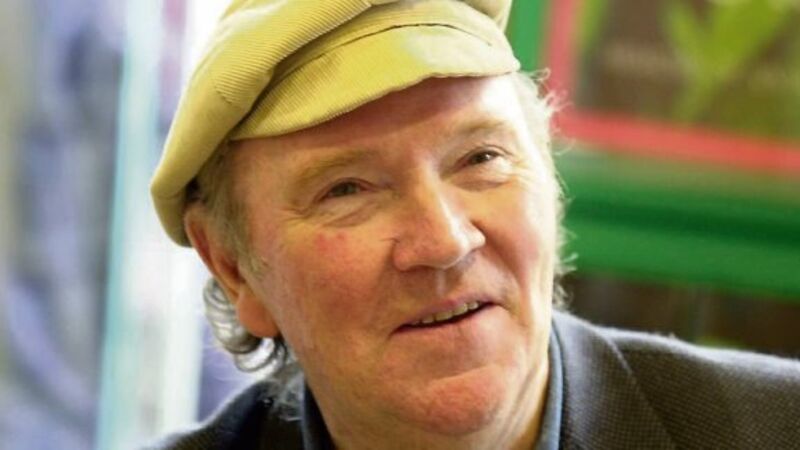Liam Clancy: Playing to a full house

He was smitten with the Gaeltacht region and, after years of trotting the globe with the Clancy Brothers and Tommy Makem, and of living in Canada, he returned there to bring up his four children with his wife, Kim.
Tadhg Ó hUallacháin, a young filmmaker who spent his childhood mucking about in Clancy’s house — his father, Micheál, was a close friend of Clancy’s — has made a documentary about the Ring chapter of Clancy’s life, with contributions from Clancy’s children, Donal and Siobhán, and from old cohorts like Finbar Furey.











